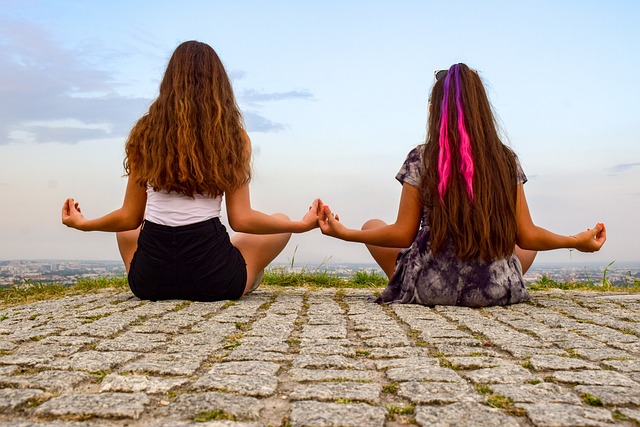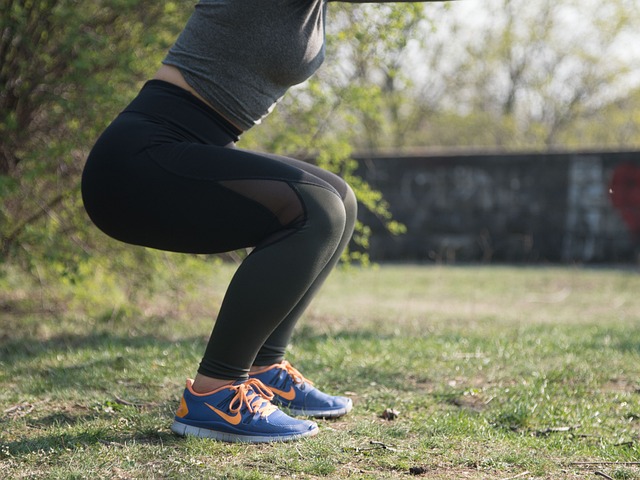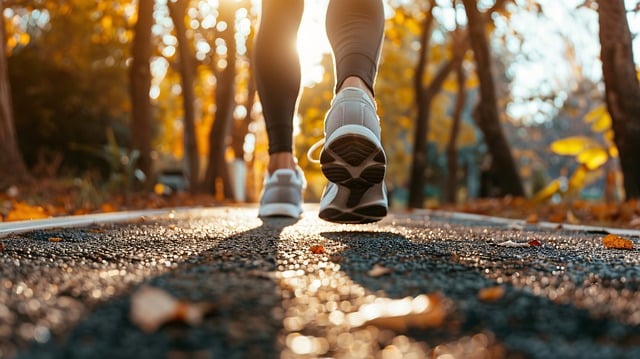u-lite – In the hustle and bustle of modern life, where stress and anxiety seem to be constant companions, finding moments of peace and relaxation becomes essential for maintaining overall well-being. One effective way to achieve this is through the practice of relaxing exercises. Unlike high-intensity workouts, relaxing exercises focus on calming the mind, soothing the body, and promoting a sense of tranquility. In this article, we explore the benefits and various forms of relaxing exercises that can be incorporated into your routine to foster a healthier, more balanced lifestyle.
Benefits of Relaxing Exercise:
- Stress Reduction: Relaxing exercises are proven to lower cortisol levels, the hormone associated with stress. Engaging in activities that promote relaxation can help alleviate the pressures of daily life, leading to a more serene mental state.
- Improved Sleep Quality: Regular practice of relaxing exercises has been linked to better sleep quality. The calming effect on the nervous system can assist in overcoming insomnia and promoting restful sleep.
- Enhanced Mood: Activities that induce relaxation stimulate the release of endorphins, the body’s natural feel-good chemicals. This can contribute to an improved mood and a more positive outlook on life.
- Lowered Blood Pressure: Chronic stress can contribute to elevated blood pressure. By incorporating relaxing exercises into your routine, you can help regulate blood pressure and reduce the risk of related health issues.
Forms of Relaxing Exercise:
- Yoga and Tai Chi:
- Yoga and Tai Chi are ancient practices that combine gentle movements, breath control, and meditation. These exercises promote flexibility, balance, and a deep sense of relaxation.
- Mindfulness Meditation:
- Mindfulness meditation involves focusing your attention on the present moment, often through guided meditation or mindful breathing. This practice is known for reducing stress and increasing self-awareness.
- Nature Walks:
- Connecting with nature has inherent calming effects. A leisurely stroll through a park or along a beach can be a simple yet effective way to clear the mind and reduce stress.
- Deep Breathing Exercises:
- Deep breathing exercises, such as diaphragmatic breathing, activate the body’s relaxation response. These exercises can be done anywhere and are particularly useful in stressful situations.
- Progressive Muscle Relaxation (PMR):
- PMR involves tensing and then slowly releasing different muscle groups in the body. This helps relieve physical tension and promotes overall relaxation.
Incorporating Relaxing Exercises into Your Routine:
- Start Small: Begin by dedicating a few minutes each day to a relaxing exercise. As you become more comfortable, gradually increase the duration.
- Consistency is Key: Like any form of exercise, the benefits of relaxing exercises are most pronounced when practiced consistently. Make it a part of your daily or weekly routine.
- Create a Relaxing Environment: Choose a quiet and comfortable space for your exercises. Consider adding soothing music, aromatherapy, or dim lighting to enhance the relaxation experience.
Conclusion:
In a world that often moves at a relentless pace, taking the time to engage in relaxing exercises is an investment in your mental and physical well-being. Whether it’s through yoga, meditation, or a quiet walk in nature, finding what works best for you can lead to a more balanced and tranquil life. By incorporating these practices into your routine, you can unlock the power of relaxation and pave the way for a healthier, happier you.



